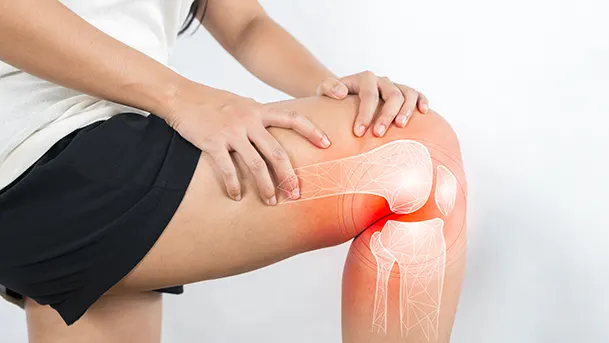Osteoporosis, often termed the “silent disease,” affects millions worldwide, silently weakening bones and increasing the risk of fractures. Despite its prevalence, numerous myths and misconceptions surround this condition. Understanding the truth about osteoporosis is crucial for effective prevention and management. Here, we debunk some of the most common myths about osteoporosis and provide you with the facts you need to know.
Myth 1: Osteoporosis Only Affects Elderly Women
Fact: While osteoporosis is more common in older women, it can affect men and younger individuals as well. Men, particularly those over 70, are also at risk. Additionally, young women and men with certain medical conditions or who take specific medications can develop osteoporosis. Everyone should be aware of their bone health, regardless of age or gender.
Myth 2: Osteoporosis Is an Inevitable Part of Aging
Fact: Osteoporosis is not an inevitable part of aging. While bone density naturally decreases with age, osteoporosis results from a significant imbalance in bone remodeling. With proper lifestyle choices, including a balanced diet, regular exercise, and preventive measures, it is possible to maintain healthy bones and reduce the risk of osteoporosis.
Myth 3: Osteoporosis Causes Symptoms Before a Fracture
Fact: Osteoporosis is often called the “silent disease” because it typically does not cause any symptoms until a fracture occurs. People may not realize they have osteoporosis until they experience a fracture from a minor fall or even a simple activity like coughing. Regular bone density tests are essential for early detection and management.
Myth 4: Only Women Need to Worry About Osteoporosis
Fact: Osteoporosis affects both men and women. Approximately 20% of osteoporosis cases occur in men. Men may develop osteoporosis due to age-related bone loss, certain medical conditions, or medications that affect bone health. It is essential for men to be proactive about their bone health to prevent osteoporosis.
Myth 5: Osteoporosis Is Not a Serious Condition
Fact: Osteoporosis is a serious condition that can lead to debilitating fractures, particularly in the hip, spine, and wrist. Hip fractures can result in long-term disability and even increase the risk of mortality. Spinal fractures can cause chronic pain, loss of height, and a stooped posture. Addressing osteoporosis is crucial for maintaining quality of life and independence.
Myth 6: You Can’t Do Anything to Prevent Osteoporosis
Fact: There are several effective strategies to prevent osteoporosis. Engaging in weight-bearing and resistance exercises, consuming a balanced diet rich in calcium and vitamin D, avoiding smoking, and limiting alcohol intake are all essential for maintaining bone health. Early intervention and lifestyle changes can significantly reduce the risk of developing osteoporosis.
Myth 7: Once You Have Osteoporosis, There’s No Hope
Fact: While osteoporosis is a chronic condition, there are effective treatments available to manage it and prevent further bone loss. Medications such as bisphosphonates, hormone replacement therapy, and selective estrogen receptor modulators can help strengthen bones and reduce fracture risk. Additionally, lifestyle changes and fall prevention strategies can improve outcomes for individuals with osteoporosis.
Myth 8: Osteoporosis Only Affects Caucasians
Fact: Osteoporosis affects people of all ethnicities. While Caucasian and Asian women are at higher risk, individuals of African, Hispanic, and other ethnic backgrounds can also develop osteoporosis. It is important for everyone to be aware of their bone health and take preventive measures.
Myth 9: Calcium Supplements Alone Can Prevent Osteoporosis
Fact: While calcium is essential for bone health, relying solely on calcium supplements is not enough to prevent osteoporosis. A comprehensive approach that includes adequate vitamin D intake, regular exercise, and a balanced diet is necessary for optimal bone health. Calcium supplements should be taken as part of a broader strategy and under medical supervision.
Myth 10: Osteoporosis Can’t Be Detected Until a Bone Breaks
Fact: Osteoporosis can be detected before a fracture occurs through bone density tests (DEXA scans). These tests measure bone mineral density and help identify individuals at risk of osteoporosis. Early detection allows for timely intervention and preventive measures to protect bone health.
Conclusion
Debunking common myths about osteoporosis is essential for raising awareness and promoting bone health. By understanding the facts, individuals can take proactive steps to prevent and manage osteoporosis. Whether you are young or old, male or female, maintaining a healthy lifestyle, getting regular bone density tests, and seeking appropriate medical advice can significantly reduce the risk of osteoporosis and improve your overall quality of life. Remember, knowledge is power, and being informed is the first step towards healthier bones.
You May Also Read : Style Your Home with a Round Rug: Essential Factors to Consider!



